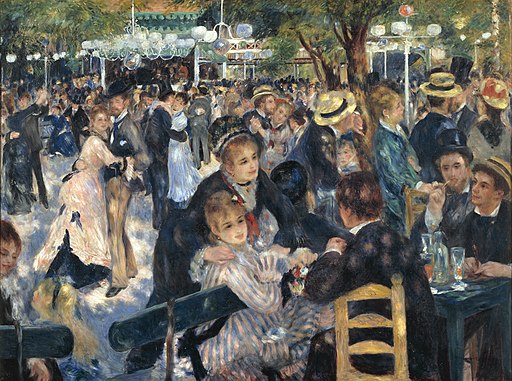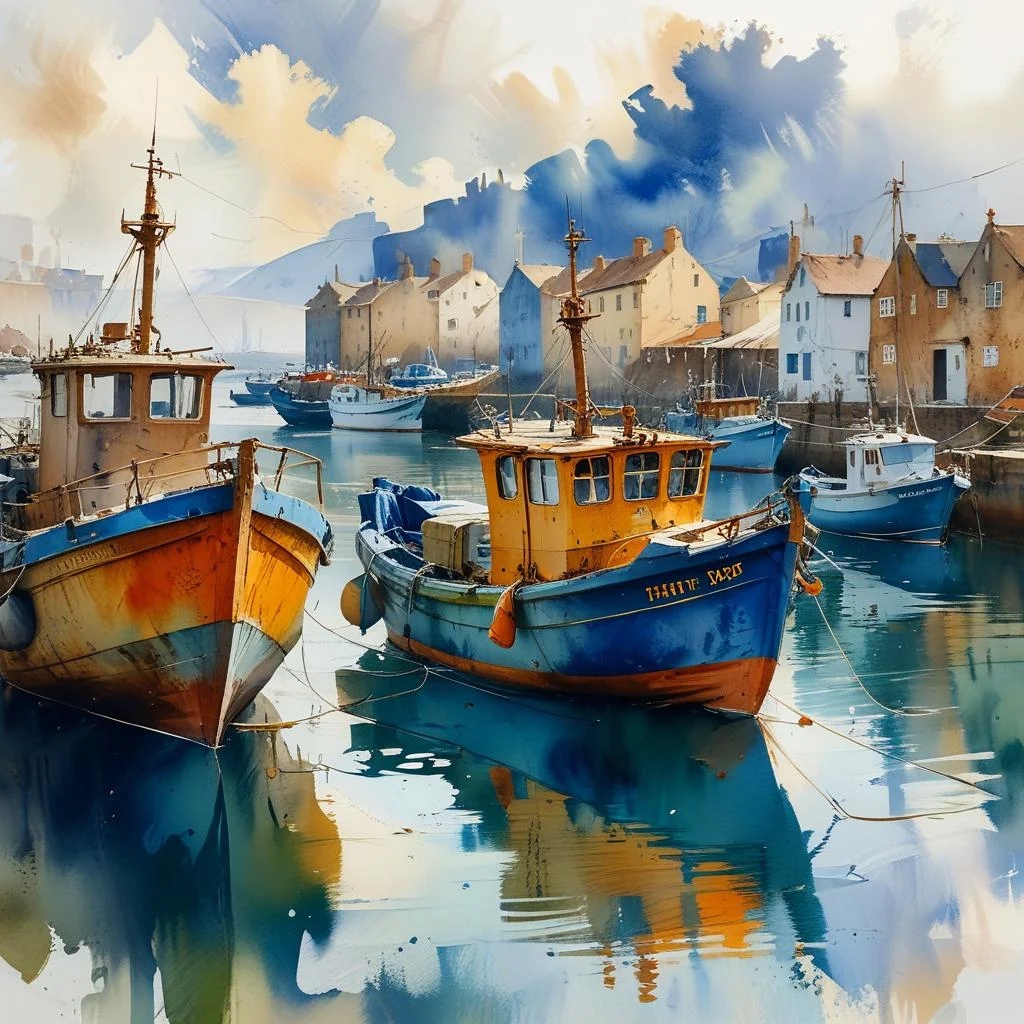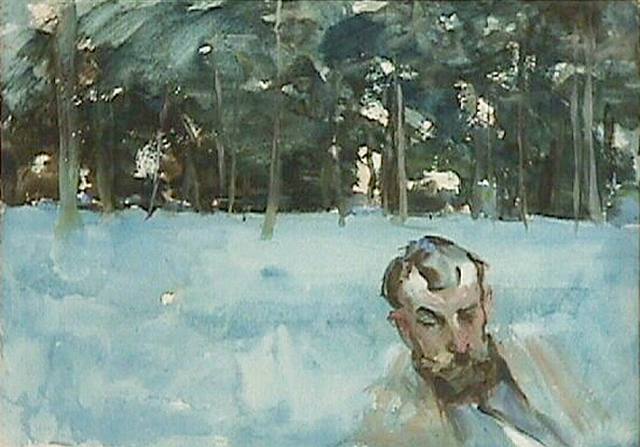Imagine walking into an art museum and seeing paintings that look like they’re literally vibrating with life! That’s exactly what Pierre-Auguste Renoir and his fellow Impressionist artists did in the late 1800s. They basically crashed the art world’s super serious party and said, “Let’s make paintings that feel alive!”
The Colorful Rebels of Art
Before Renoir, paintings were like super-formal photographs. Artists would paint everything with tiny, perfect brushstrokes, making scenes look stiff and serious. But Renoir? He was like the rock star of painting, breaking all the rules and creating something totally new.
What Makes Impressionism So Awesome?
Think of Impressionist paintings like a musical remix of reality. Instead of trying to copy exactly what something looks like, these artists wanted to capture:
- How light actually moves and changes
- The feeling of a moment
- The sparkle and energy of real life
Renoir was a master at this. His paintings aren’t just pictures—they’re like snapshots of joy! He loved painting people laughing, dancing, and enjoying life. His brushstrokes are quick and playful, almost like he couldn’t wait to get the excitement down on canvas.
A Splash of Color, A Pinch of Rebellion
Imagine you’re painting a garden. Traditional artists would carefully draw every single leaf. Renoir? He’d use bold, messy brushstrokes in bright colors that make the garden look like it’s dancing. He didn’t care about perfect details—he wanted to capture the feeling of the garden.
Some of his most famous paintings include:

- “Dance at the Moulin de la Galette” – A wild party scene that looks like everyone’s having the time of their life
- “Luncheon of the Boating Party” – A sunny scene where you can almost hear the laughter and clinking glasses
- “Two Sisters (On the Terrace)” – A vibrant portrait that feels like a perfect summer day

The Science of Seeing Differently
Here’s a cool science fact: Impressionists like Renoir discovered something amazing about how our eyes work. When you look at something quickly, your brain doesn’t see perfect lines – it sees bursts of color and light. That’s exactly what Renoir painted!
A Revolutionary Way of Seeing
Renoir and his friends weren’t just painters – they were like scientific explorers of vision. They used:
- Bright, pure colors straight from the paint tube
- Visible brushstrokes that show movement
- Scenes captured in natural light
- Everyday subjects instead of formal, serious topics
Pierre-Auguste Renoir: A Colorful Legacy
Lasting Impact
Renoir’s artistic revolution went far beyond simply creating beautiful paintings. He fundamentally challenged the way art was created and perceived in the late 19th and early 20th centuries. Before Impressionism, paintings were expected to be precise, detailed representations of reality. Renoir and his fellow Impressionists argued that art could capture something more ephemeral – the feeling of a moment, the play of light, and the emotional essence of a scene.
His influence spread across multiple artistic movements. Post-Impressionist painters like Vincent van Gogh and Paul Cézanne built directly on Renoir’s techniques, further exploring how color and brushwork could express emotion. Modern artists like Pablo Picasso acknowledged Renoir’s groundbreaking approach to capturing human experience through art.
Museums around the world now showcase Renoir’s paintings as pivotal works that bridged traditional academic painting and modern artistic expression. His paintings in the Musée d’Orsay in Paris and the Metropolitan Museum of Art in New York continue to inspire new generations of artists and art lovers.
Beyond painting, Renoir’s philosophy influenced other art forms. Photographers began to see their work as more than just documentation, seeking to capture mood and emotion. Filmmakers studied his ability to capture spontaneous, lived moments. Even modern digital artists credit Renoir’s approach as a foundational inspiration for capturing the essence of human experience through visual media.
Your Art Adventure Challenge
Next time you see a painting, try looking at it the Renoir way:
- Squint your eyes and see the colors
- Look for the movement in the brushstrokes
- Ask yourself: “What feeling is this painting trying to share?”
Renoir didn’t just paint pictures—he painted experiences. And that’s what makes art truly magical!



